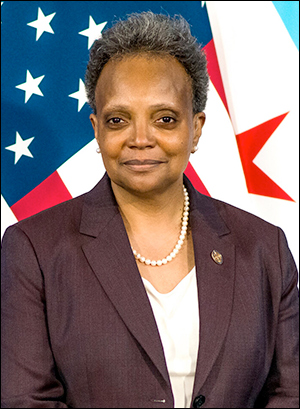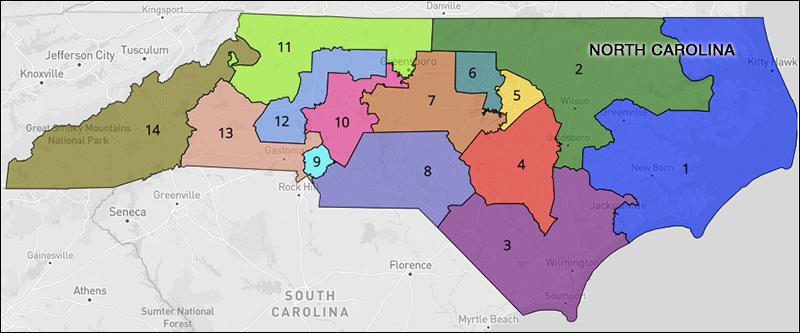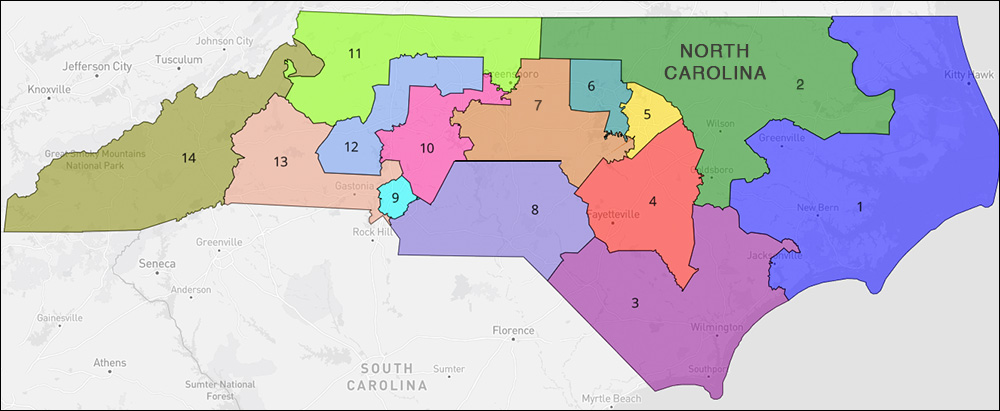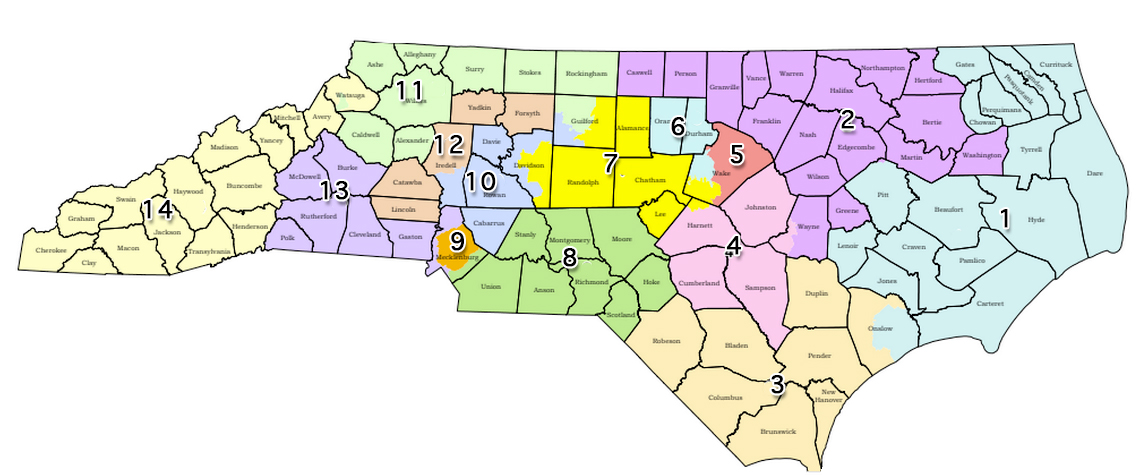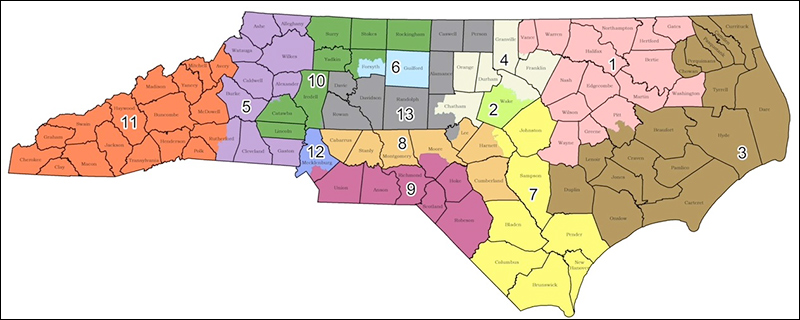By Jim Ellis — Friday, Jan. 20, 2023
Senate
Arizona: Kari Lake (R) Considering Senate — Media reports from Arizona suggest that defeated gubernatorial candidate Kari Lake, a former multi-decade Phoenix news anchor, is considering entering the 2024 US Senate contest. This campaign will be unique since it features the incumbent, Kyrsten Sinema, originally elected as a Democrat running as an Independent.Democrats could be headed for a tough primary battle between Reps. Ruben Gallego (D-Phoenix) and Greg Stanton (D-Phoenix). The latter man also served six years as Phoenix’s mayor before being elected to the House. Other potential Republican candidates include Pinal County Sheriff Mark Lamb and state Treasurer Kimberly Yee. This race will prove interesting since both eventual major party nominees and Sen. Sinema all would have legitimate victory scenarios in a tight three-way general election campaign.
House
CA-47: State Senator Declares for Porter’s Seat — The whirlwind of California political activities in early anticipation of the 2024 election continues. With Rep. Katie Porter (D-Irvine) already declaring for the US Senate and three others announcing for Rep. Adam Schiff’s (D-Burbank) House seat even though he has yet to say he’s running for the Senate, we now see a state legislator, Sen. David Min (D-Irvine), making a move.
Min announced his intention to compete for Rep. Porter’s open seat and will have the congresswoman’s endorsement. Since California state Senate seats are larger than congressional districts, Min’s overlay into the current 47th CD from his 37th District state Senate seat is substantial and includes the region’s anchor city of Irvine.
Governor
Louisiana: GOP Rep. Graves Poised to Enter ’23 Gov Race — It is believed that US Rep. Garret Graves (R-Baton Rouge), who was just elected to a fifth term in the House, will imminently announce his 2023 gubernatorial candidacy. With both Sen. John Kennedy (R) and Lt. Gov. Billy Nungesser (R) deciding not to run for governor and incumbent John Bel Edwards (D) ineligible to seek a third term, the race becomes wide open.
The early leader appears to be attorney general and former Congressman Jeff Landry (R), but with the candidate filing deadline set for Aug. 10 and the initial primary scheduled for Oct. 14, this race still has months to develop. Since this is an odd-year election, Rep. Graves would not have to risk his House seat in order to enter the statewide contest.
North Carolina: AG Josh Stein (D) Declares for Governor — Two-term state Attorney General Josh Stein (D), who barely won re-election in 2020 with a scant 50.1 – 49.9 percent majority, announced his bid for governor Wednesday. Gov. Roy Cooper (D) is ineligible to seek a third term in 2024, which will lead to another tight North Carolina open statewide campaign. Stein, who is the early favorite to win the Democratic nomination, will probably face Republican Lt. Gov. Mark Robinson, who looks to have the inside track toward becoming the GOP standard bearer. We can expect another close statewide election in this highly competitive political state.
State & Local
Chicago: Two Dem Reps Oppose Mayor Lightfoot — Embattled first-term Mayor Lori Lightfoot continues to see support drift away. At an event the Chicago Teachers Union sponsored to declare its support of Cook County Commissioner Brandon Johnson for mayor, US Reps. Jonathan Jackson (D-Chicago) and Delia Ramirez (D-Chicago) also announced their endorsement of the county official. Rep. Jackson criticized Mayor Lightfoot for not keeping her 2019 campaign promises.
The congressional member endorsements were a bit surprising since polling suggests that Mayor Lightfoot’s top competitor is their colleague in the House of Representatives, Congressman Jesus “Chuy” Garcia (D-Chicago). The mayoral election is Feb. 28. If no candidate receives majority support, the top two finishers will advance to an April 4 runoff election.


